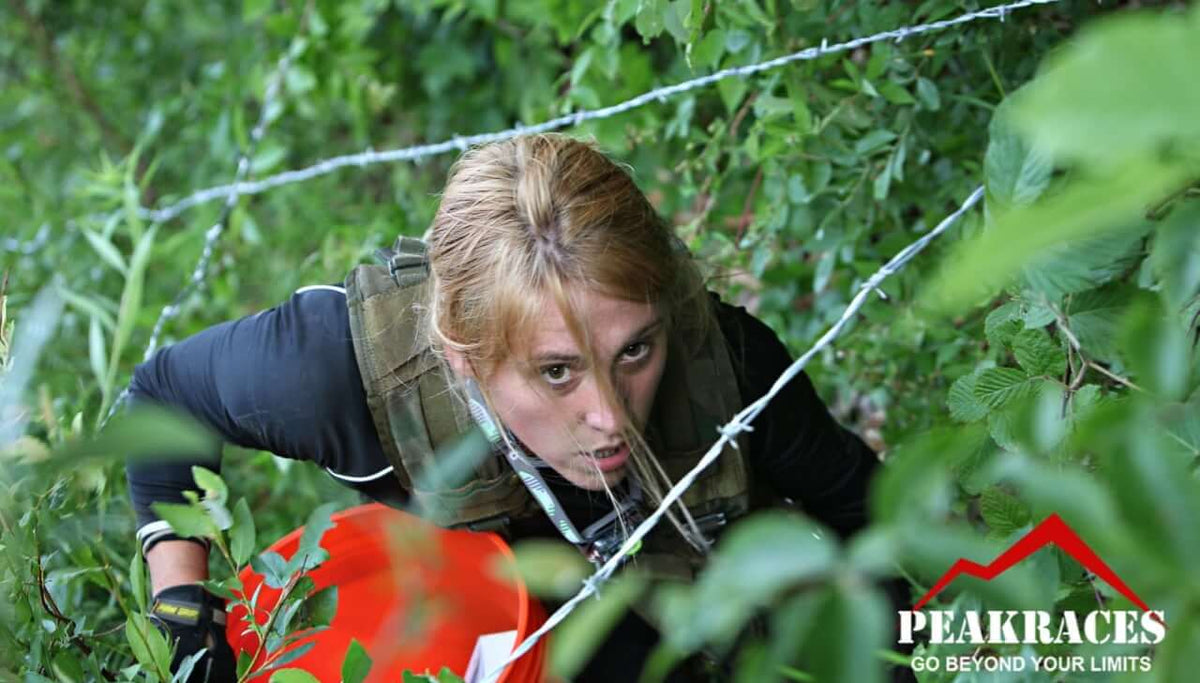What's an Optimal Diet for a Death Racer?

The 2018 Death Race is currently on. A mention of the Spartan Death Race usually conjures up images of rugged terrain, carrying heavy packs through the night, and tasks that seem insane or ridiculous.
But beyond the obvious physical challenges lies the true test: having the mental and emotional fortitude to continue when the situation is out of your control, the end is unknown, and your mind is exhausted. This is where your true character emerges and your ability to stay sane is tested.
How do you prepare for this? Start by asking what factors can set you up for success and which will guarantee failure. The clues to this are in your day-to-day life. Take for example your ability to focus during back-to-back unplanned meetings. Your water bottle is empty, and there is no food in sight. For some people this is no big deal, but others develop a short fuse while their concentration levels plummet. Some call it being “hangry” (hungry + angry). It’s a thing. Here’s why it happens.
Sugar Dependency
A drop in blood sugar (hypoglycemia) below the normal level of 70–99 mg/dL in someone who does not have diabetes can occur when you go a period of time without eating carbohydrate food sources. If you’re dependent on carbohydrates (especially simple carbs) for most of your energy, you may be more susceptible to swings in blood sugar. As a person’s blood sugar continues to fall below 55 mg/dL, symptoms such as dizziness, headache, confusion, and change in personality can occur. (I don’t want to be next to that guy in a Death Race.)

Reducing Dependency
Not everyone experiences the symptoms described above. In fact, those who are experimenting with intermittent fasting or a ketogenic or Paleo diet and already have a lower need for carbohydrates may have better regulation of energy production because their bodies are efficient at converting fat and ketones into energy. For more on these eating styles, check out https://life.spartan.com/post/ketogenic_paleo_fasting.
Get Yourself Ready
Race director Robin Crossman warns that although food won’t be restricted in a Death Race, those who lack situational awareness may find themselves 20+ hours in without having had a bite to eat. If you plan to step up to the ultimate Spartan challenge of a Death Race, there are a few things you can do to help prepare for food deprivation.
Try a basic fast. Schedule some fasts into your month. Start by trying to include a 12-hour fasting window into every day. Easily done between your evening meal and breakfast. Once you’ve done this for a week, try throwing in a 16-hour fast once per week. Now 20 hours, and finally a 24-hour fast. But before you start to think that if some is good, more must be better, remember that trying to combine athletic training with frequent fasting can spell trouble if you don’t have total nutrition dialed in.
Need a bit more information on fasting? See https://life.spartan.com/post/racing-fasting.
Reduce carbohydrate dependency. If oatmeal and a banana for breakfast, a mid-morning apple, and a quick sandwich at lunch sounds like your day, you may be carb dependent. Help your body reduce its dependency by gradually swapping out some carbs for healthy fats and proteins. It is generally recommended that people eat a minimum of 130 grams of carbohydrate per day, but this depends on how fat-adapted you are. If carbs are a staple in your day, try gradually reducing them by 100 grams per week until you are close to 130 grams per day and see how you feel.
As Robb Wolf explains in his book Wired to Eat, “Our genetics and metabolism are designed to withstand frequent, small bouts of fasting ranging from a few hours to several days. This is not a comfortable situation, but it should not be crippling. . . . If we are insulin resistant . . . the blood sugar crashes we experience are of a magnitude and type that are almost druglike. . . . This is ‘hanger.’” Wolf’s book comes with a complete guide to figuring out your level of carbohydrate dependency.
Add in activity. Now that you’ve reduced some unnecessary carbs and tried out some fasting, it’s time to add some planned workouts during a fasting window. Schedule a moderate-intensity workout or run during your fasting window. How did you feel during the workout? Did your performance suffer? How did you feel at the end? Hungry? Exhausted? Knowing how you may feel during the dark and demanding hours of the Death Race will help you to mentally prepare for the challenge. Keep this fasted training to about once a week, as it does add stress to the body and can reduce your ability to progress in training.
A Death Race is no joke, but neither is your nutrition. Eat with a purpose and reap the rewards, Death Race or no Death Race.
Want to master the grill? Download our Summer Grilling Guide.
Related content:
https://life.spartan.com/post/sugar-isn-t-just-making-people-fat-it-s-scrambling-their-brains
https://life.spartan.com/post/hobie-call-nutrition-performance
https://life.spartan.com/post/mark-sisson-inner-health-foods




